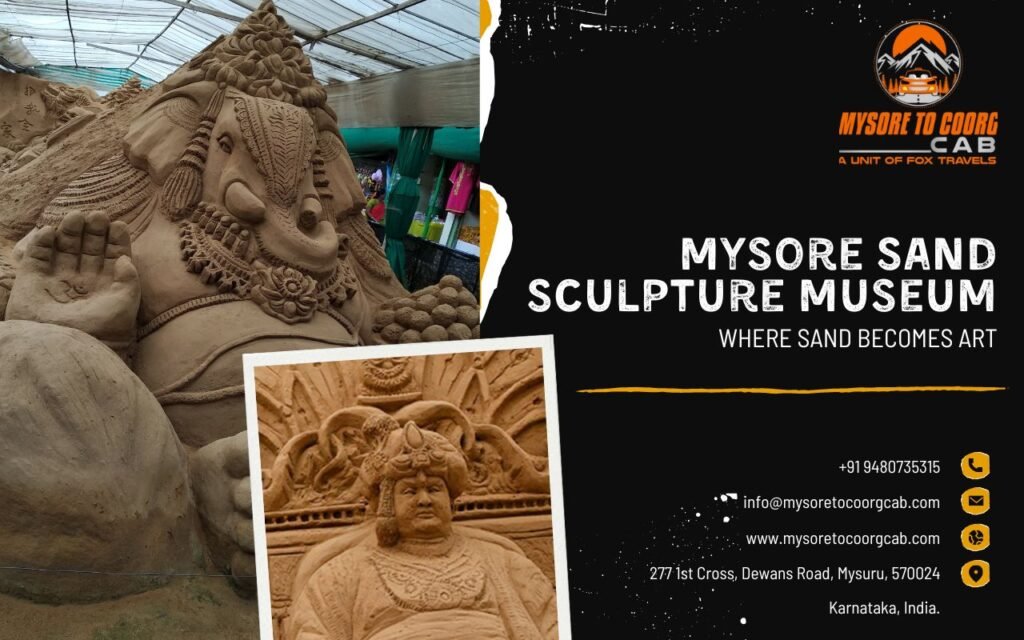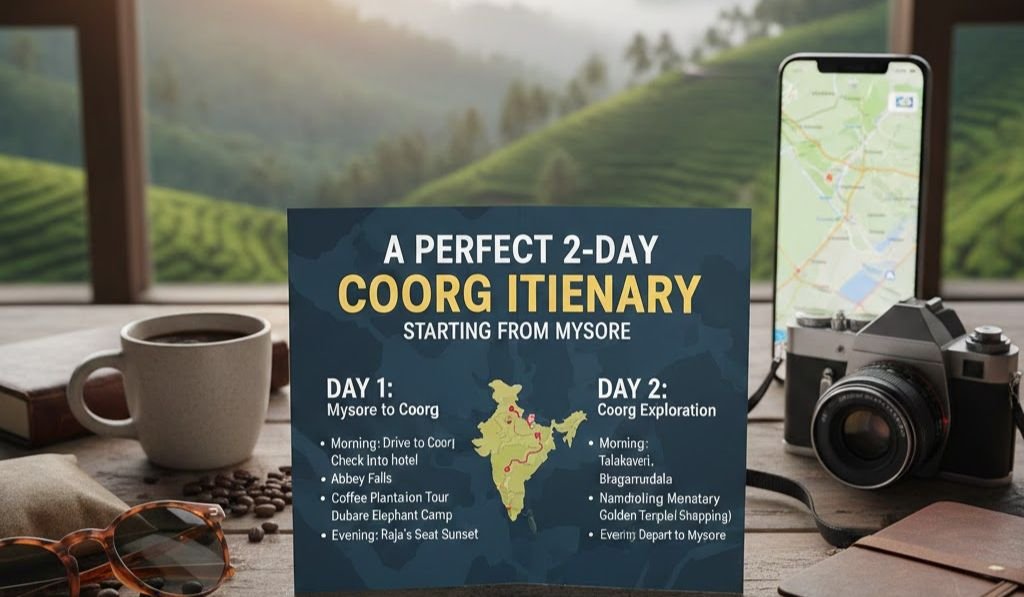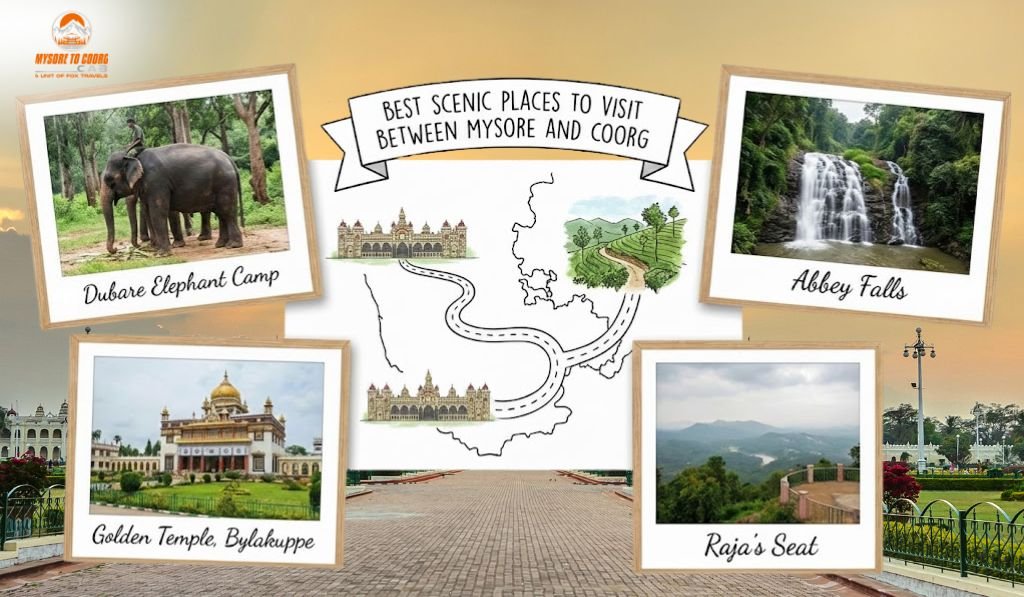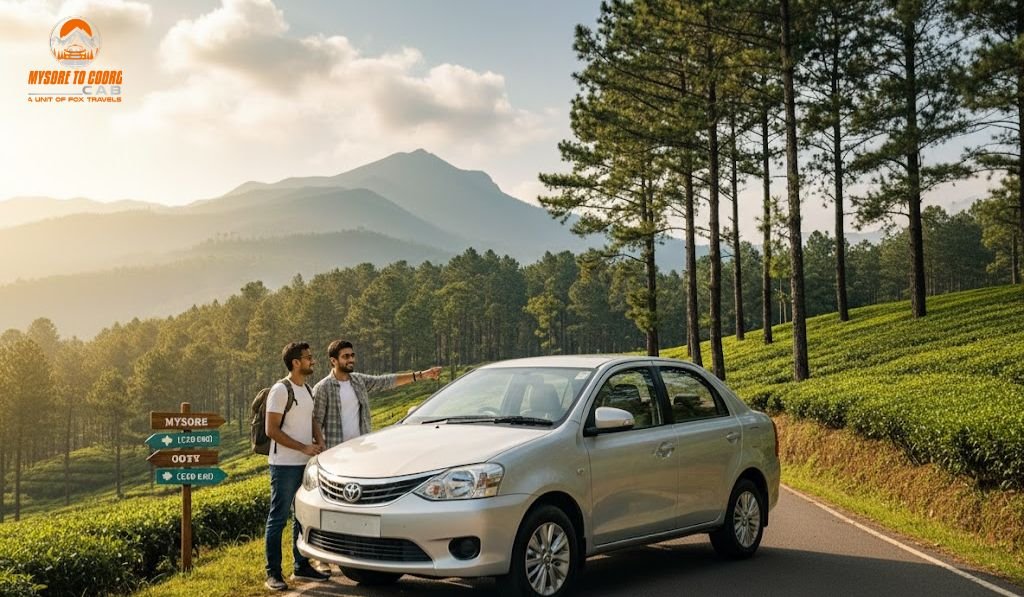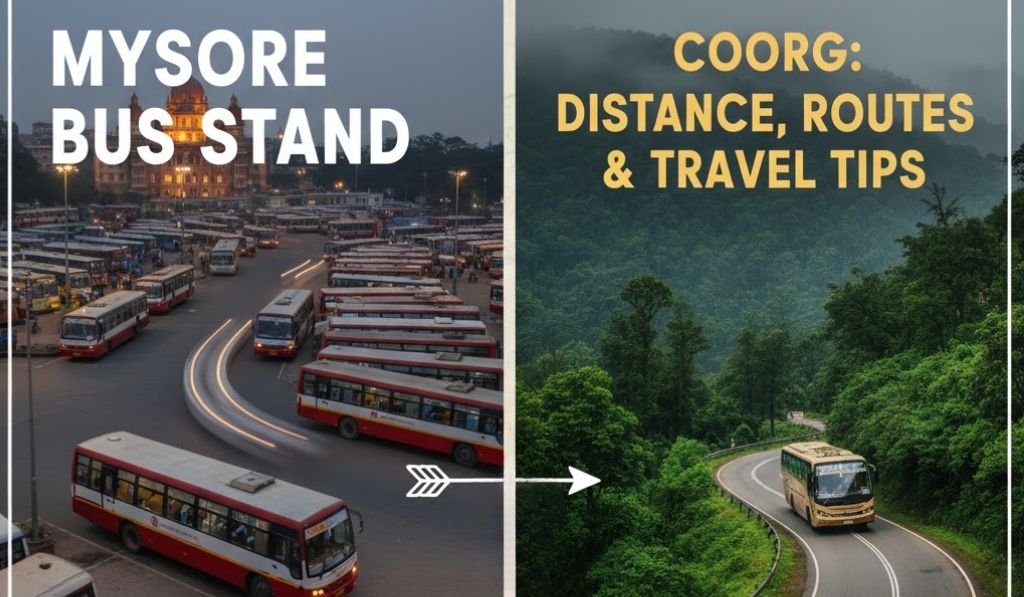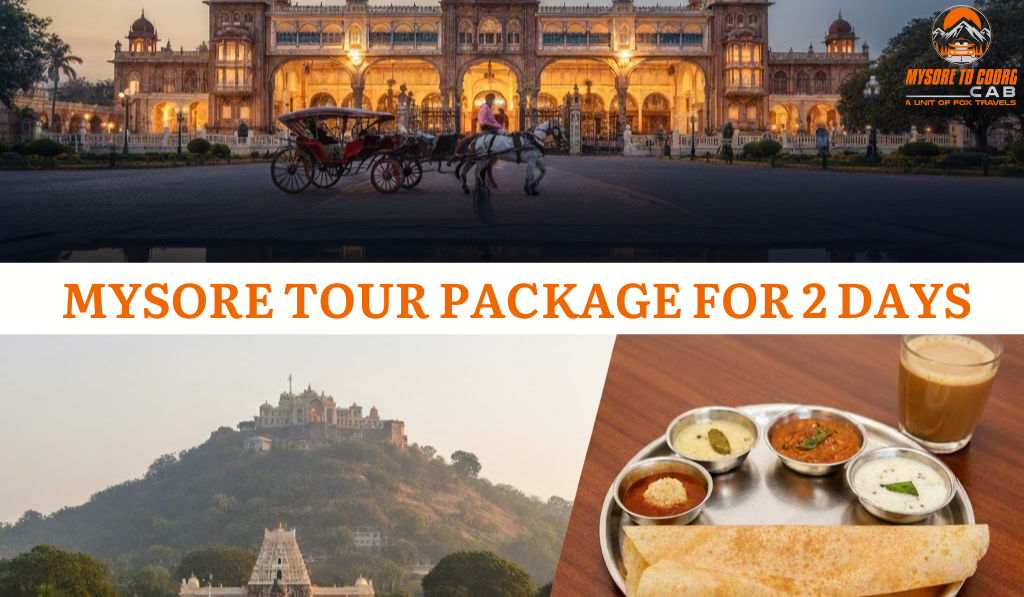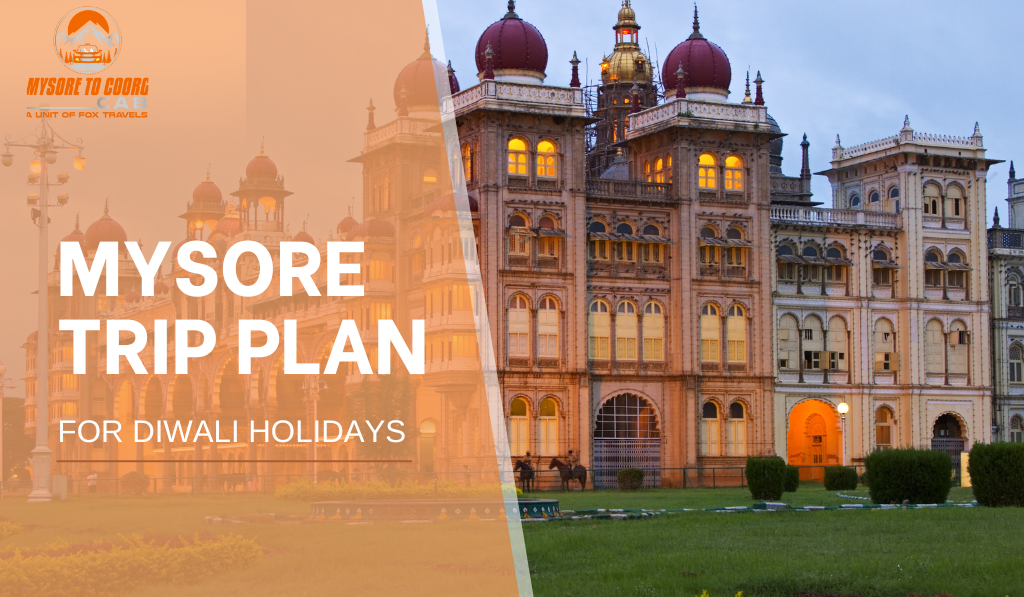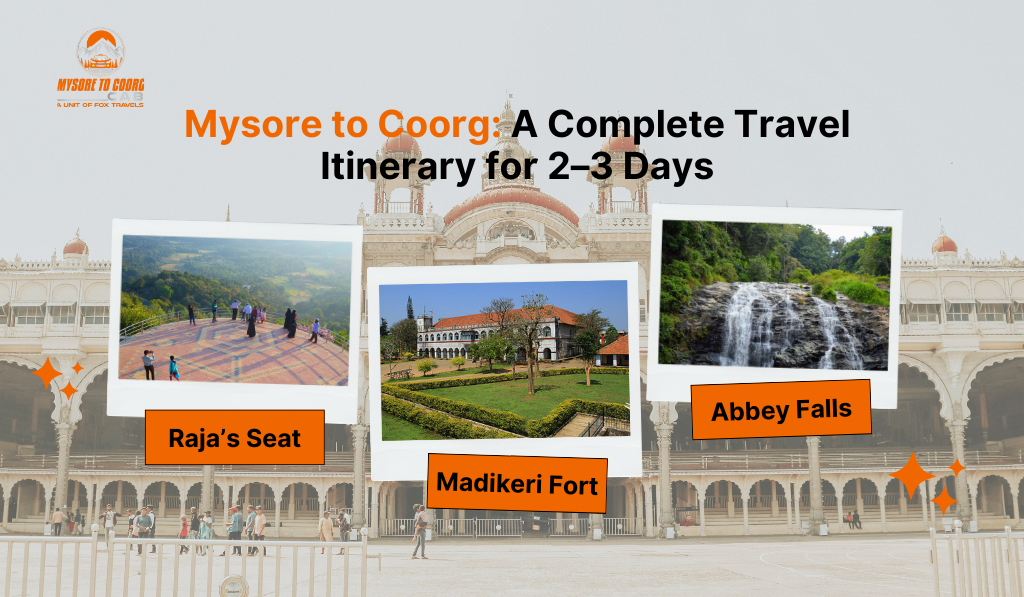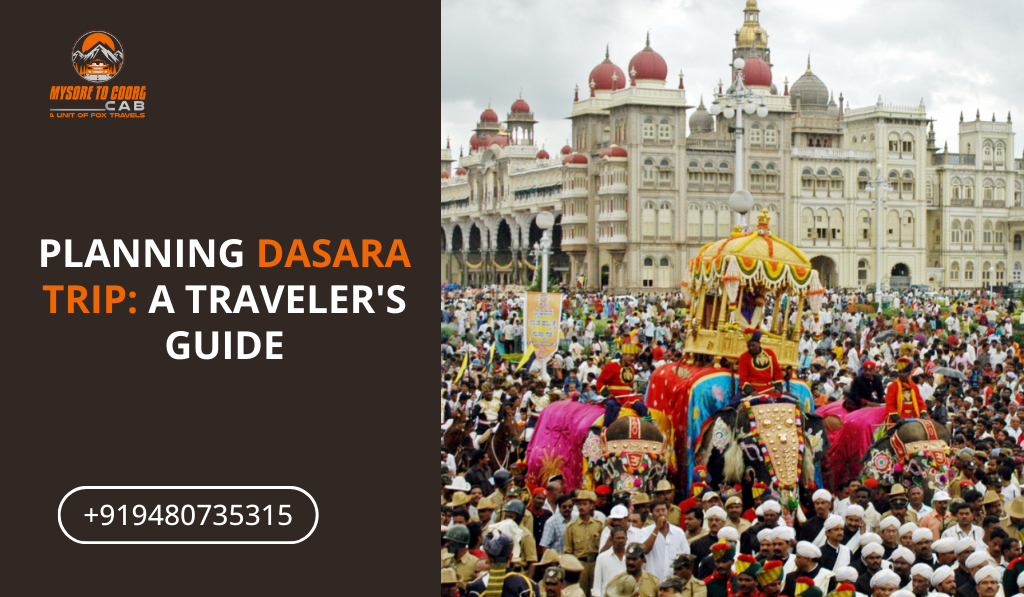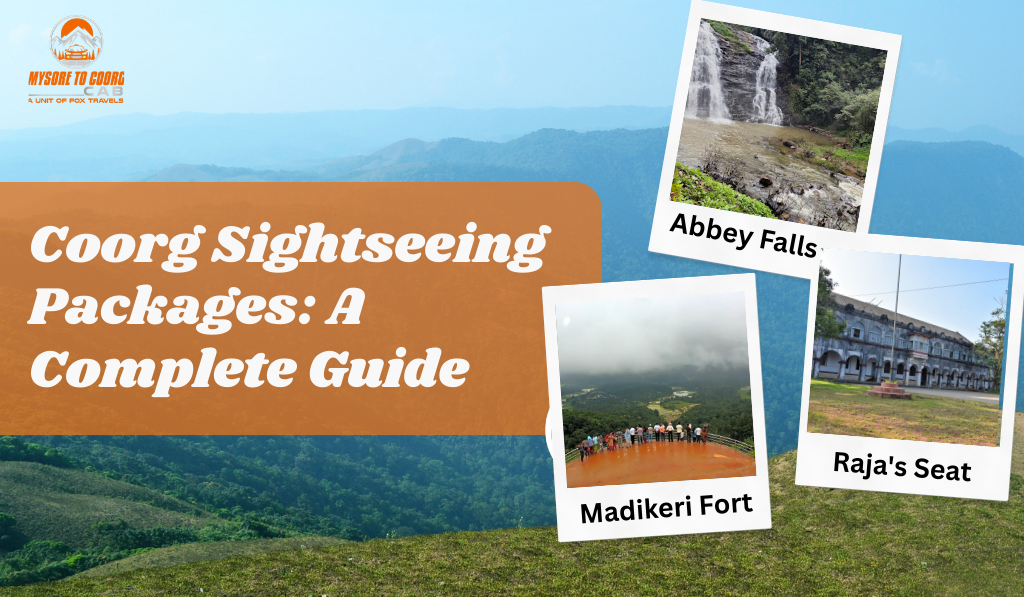Mysore, often referred to as the cultural capital of Karnataka, is a city steeped in history, tradition, and architectural grandeur. While the Mysore Palace, Chamundi Hills, and St. Philomena’s Church are well-known highlights, the city also offers unique and lesser-known attractions that captivate visitors. One such gem is the Mysore Sand Sculpture Museum, a place where sand becomes art in the most mesmerizing way. Whether you are a seasoned traveler, an art enthusiast, or someone looking for an unconventional experience, the Sand Sculpture Museum in Mysore is a must-visit.
The Birth of the Mysore Sand Sculpture Museum
The Mysore Sand Sculpture Museum is a testament to the boundless possibilities of art. It is the brainchild of M.N. Gowri, a passionate sand artist who transformed her dream into reality. Opened in 2014, this museum is the first of its kind in India and has since become one of the most fascinating Mysore tourist attractions. Gowri, with her exceptional talent, created over 150 sculptures spread across a 13,500-square-foot area. The museum, located at the base of the iconic Chamundi Hills Mysore, attracts visitors with its intricate designs and the sheer scale of the artworks on display.
Exploring the Museum: A Journey Through Sand Art
When you step into the Mysore Sand Museum, you enter a world where sand is no longer just a part of nature but a medium of expression. The sculptures here are crafted from pure sand mixed with a little water, making them fragile yet incredibly detailed. Each sculpture tells a story, with themes ranging from Indian mythology and wildlife to global cultural icons and religious figures. This diversity makes the museum a must-visit for those interested in Mysore museums and Mysore day trips.
Highlights of the Sand Sculpture Museum
The museum is divided into several sections, each showcasing a different theme. Some of the most popular exhibits include:
- Indian Mythology: The museum features stunning sculptures of Hindu gods and goddesses, including a magnificent depiction of Lord Ganesha and the revered Goddess Chamundeshwari, the presiding deity of Mysore. These sculptures not only highlight the skill of the artist but also reflect the deep cultural and religious significance of the city.
- Wildlife: As you wander through the museum, you’ll encounter lifelike representations of various animals, from majestic elephants to playful dolphins. These sculptures pay homage to India’s rich biodiversity and are a favorite among children and wildlife enthusiasts.
- Global Icons: The museum also features sculptures of global figures such as Mahatma Gandhi, Dr. B.R. Ambedkar, and even international icons like the Statue of Liberty. These works of art demonstrate the versatility of sand as a medium and the artist’s ability to capture the essence of these personalities.
- Festivals and Celebrations: One of the most vibrant sections of the museum is dedicated to festivals. Here, you can see elaborate depictions of Mysore Dasara, Christmas, and other cultural celebrations, all crafted with incredible detail. The Mysore Dasara sculpture is particularly noteworthy, capturing the grandeur and spirit of the city’s most famous festival.
- Artistic Innovations: In 2017, the museum introduced a 3D selfie gallery, where visitors can pose with 3D sand sculptures. This interactive feature adds a modern twist to the traditional art form, allowing visitors to engage with the exhibits more personally.
Why Visit the Mysore Sand Sculpture Museum?
The Sand Sculpture Museum Mysore offers a unique experience that sets it apart from other Mysore tourist attractions. Here’s why it should be on your list of things to do in Mysore:
- Artistic Excellence: The museum showcases the incredible talent of M.N. Gowri, whose work has earned international acclaim. The precision and creativity in each sculpture are awe-inspiring, making it a must-visit for art lovers.
- Cultural Significance: The themes represented in the sculptures reflect the cultural richness of Mysore and India as a whole. Visitors can gain a deeper understanding of Indian mythology, traditions, and global influences through this unique art form.
- Educational Value: The museum is a great place for both children and adults to learn about art, culture, and history in an engaging way. The detailed sculptures provide insights into various aspects of Indian and global heritage.
- Interactive Experience: The 3D selfie gallery offers a fun and interactive element to the museum visit. It’s an excellent spot for taking memorable photos with friends and family.
- Serene Location: Situated at the foothills of Chamundi Hills Mysore, the museum offers a peaceful environment away from the hustle and bustle of the city. The scenic surroundings add to the overall experience, making it a perfect spot for a relaxed day trip.
Mysore Travel Guide: Visiting the Sand Sculpture Museum
Planning a visit to the Mysore Sand Sculpture Museum? Here’s a quick Mysore travel guide to help you make the most of your trip:
Location and How to Reach
The museum is conveniently located at the base of Chamundi Hills Mysore, one of the most popular landmarks in the city. It’s about 6 kilometers from the city center, making it easily accessible by various modes of transport.
- By Air: The nearest airport is Mysore Airport (MYS), located about 12 kilometers from the city center. From the airport, you can take a taxi or an auto-rickshaw to reach the museum.
- By Train: Mysore Junction (MYS) is the main railway station in the city. From the station, you can hire a cab or take a bus to reach the museum. The museum is about a 20-minute drive from the railway station.
- By Road: Mysore is well-connected by road to major cities in Karnataka and neighboring states. If you’re driving, you can follow the signs to Chamundi Hills and easily find the museum. Public buses and auto-rickshaws are also available for visitors.
Timings and Entry Fees
The Mysore Sand Museum is open every day of the week, making it a convenient stop on your itinerary. The museum usually opens between 8:30 AM and 9:00 AM and closes between 5:30 PM and 6:30 PM. It’s advisable to check the exact timings before your visit, as they may vary slightly.
The entry fee is quite reasonable, with adults typically paying ₹40 and children ₹20. This affordable pricing makes the museum accessible to a wide range of visitors, ensuring that everyone can enjoy the wonders of sand art.
Best Time to Visit
Mysore is a year-round destination, but the best time to visit is during the cooler months from October to March. During this period, the weather is pleasant, making it ideal for exploring outdoor attractions like the Mysore Sand Sculpture Museum and Chamundi Hills. Visiting during the Dasara festival in October can be particularly special, as the city comes alive with celebrations and the museum often features themed sculptures related to the festival.
Things to Do in Mysore: Beyond the Sand Sculpture Museum
While the Mysore Sand Museum is undoubtedly a highlight, there are plenty of other things to do in Mysore that can make your trip even more memorable. Here are some suggestions:
- Mysore Palace: No trip to Mysore is complete without a visit to the iconic Mysore Palace. This architectural marvel is a symbol of the city’s royal heritage and is a must-see for anyone interested in history and culture.
- Chamundi Hills: After visiting the Sand Sculpture Museum, take a trip up to Chamundi Hills. The hill is home to the Chamundeshwari Temple, one of the most important religious sites in the region. The view from the top is breathtaking, offering panoramic vistas of Mysore.
- Brindavan Gardens: Located about 20 kilometers from the city, Brindavan Gardens is famous for its beautifully landscaped gardens and musical fountain shows. It’s a great spot for a relaxing evening.
- St. Philomena’s Church: One of the largest churches in India, St. Philomena’s Church is a stunning example of neo-Gothic architecture. Its twin spires are visible from miles away and make for a great photo opportunity.
- Mysore Zoo: If you’re traveling with children, the Mysore Zoo is a fantastic place to visit. It’s one of the oldest and most well-maintained zoos in India, home to a wide variety of animals and birds.
- Karanji Lake: For nature lovers, Karanji Lake offers a peaceful retreat within the city. The lake is surrounded by a nature park and aviary, making it an excellent spot for bird watching and leisurely walks.
Conclusion
The Mysore Sand Sculpture Museum is more than just a tourist attraction; it’s a celebration of creativity, culture, and the enduring spirit of art. As you explore the museum, you’ll be amazed by the intricate details and the stories each sculpture tells. Whether you’re planning a weekend getaway or a day trip, the museum is a perfect addition to your Mysore travel guide.
In a city known for its royal palaces and historic landmarks, the Sand Sculpture Museum offers a refreshing and unique experience. It’s a place where the ordinary transforms into the extraordinary, where grains of sand come together to create masterpieces that leave a lasting impression. So, the next time you find yourself in Mysore, make sure to visit this remarkable museum and witness firsthand the magic of sand art.

